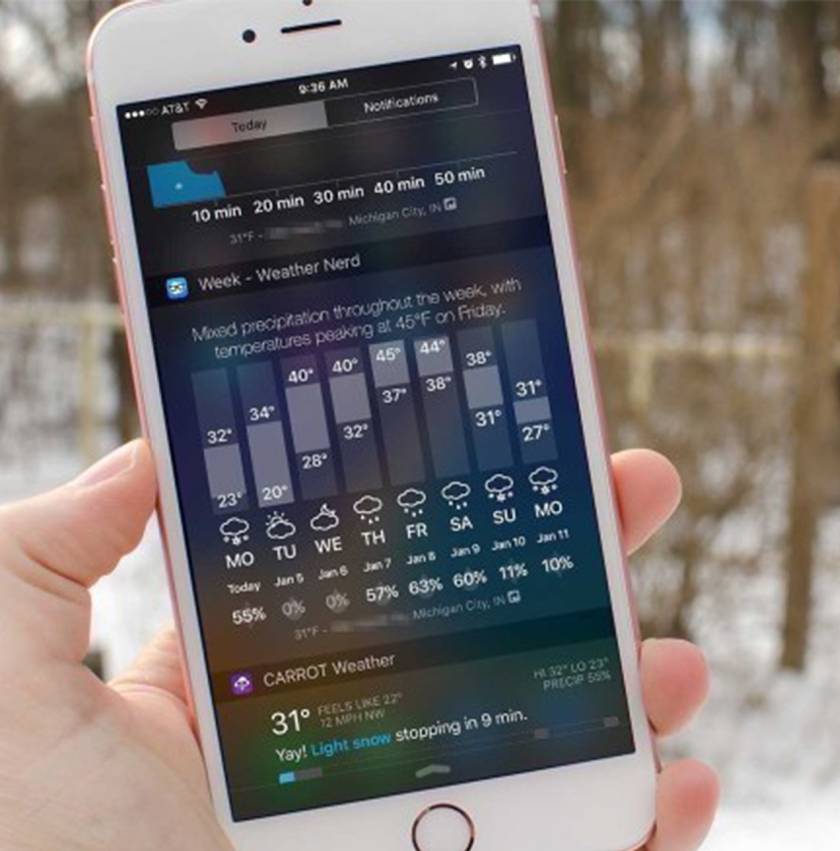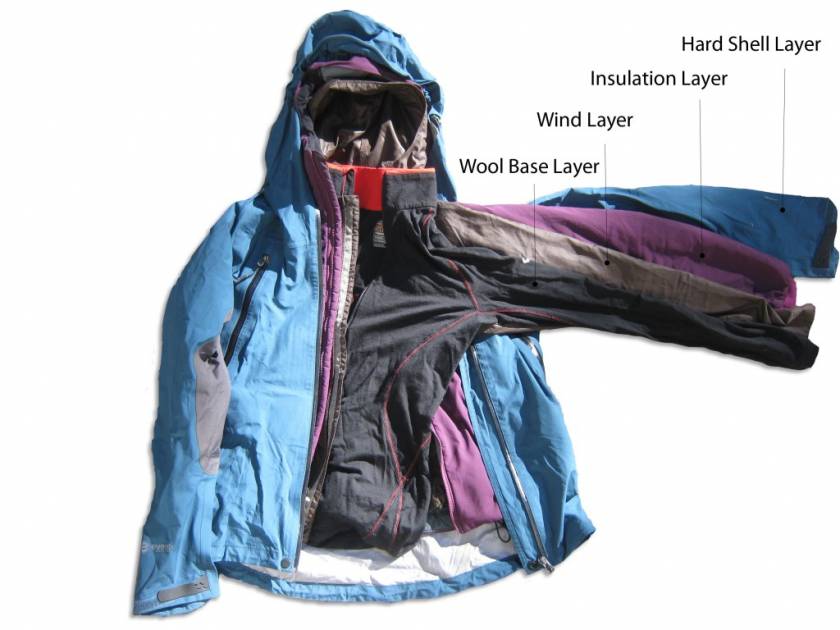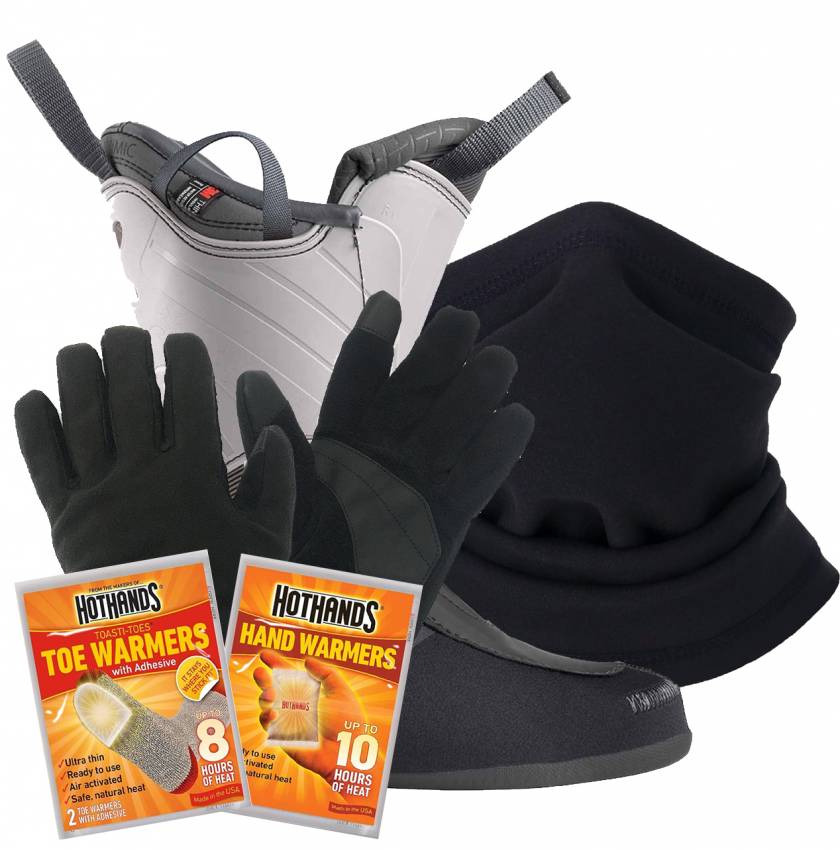Keeping warm while skiing is much easier now than it was 20 or 30 years ago, thanks to the enormous range and quality of clothing available. Waterproof, warm, breathable, wind-resistant: you name it, there’s a fabric for it – and you don’t have to pay an arm and leg for it, either. Don’t let cold weather prevent you from your Killington Vt. ski trip! There is a lot of preparation and things to consider for keeping snug while skiing/snowboarding. Here are a few tips to help you stay toasty while on the slopes!
FUEL UP

It is very important to make sure you have enough food and calories in your body before you go outside for a day of physical activity in the snow. It is especially important for skiing because you need fuel in order to stay warm.
- Eat a complete breakfast. Make sure you intake enough carbohydrates to give you energy and fuel for physical activity during the day as well as proteins that help you satisfy your app
- Hydrate. It is very important before spending a day doing physical activity to drink lots of water. This is to prevent your body from being dehydrated out on the slopes.
PLAN YOUR DAY

Make sure you are prepared for the day of skiing ahead of you to ensure that you stay warm during the day. There are many important factors to consider before going out skiing and the following that you should consider:
- Know your body. Are you a typically hot-blooded person? Or do you get cold very easily? Knowing your body’s natural reactions, it can be helpful when deciding how to prepare yourself for a day outside in the cold snow. It can also help you determine if you need to wear that extra layer of clothing or not.
- Know the conditions when hitting the slopes in Killington Vt. Is it going to be a sunny day where you may need to bring sunscreen? Are you going to be on the slopes in chilly cold weather conditions where you need a heavy-duty ski jacket? These are important questions to ask yourself before you go skiing/snowboarding.
- How long will you be on shredding? It is also important to plan on how long you will be out on the slopes. Depending on the change in weather conditions, or if it’s expected to rain or snow later in the day, it would be a good idea to prepare and decide whether or not you should bring an extra layer of clothing with you.
DRESS FOR SUCCESS

Make sure you dress appropriately before you go outside skiing. This is a crucial step and you do not want to end up being wet and cold at the end of your day. Here are the following critical items that you may need before going out skiing.
- Wear base-layers. Whenever you are skiing/snowboarding, it is imperative that you wear base layers. If you wipe out or fall onto the snow, your “shell”, or your exterior layer (heavy coat), will get wet quickly, and you’ll want to stay as dry as possible. From long underwear to long sleeve tees, base layers should be comfortable, light, and breathable clothes. You need the base layers to be comfortable and be form-fitting to your body so they fit nicely under your ski jacket and you can move freely. These layers also need to be breathable so if they get wet from the snow or from sweating, they can dry quickly and not cause a problem. Also depending on the weather or if you tend to get cold, you can wear multiple base layers on top of each other. Recommended base-layer clothing is made of Merino wool and polyester because they are optimal materials for keeping moisture away from your skin.
- Ski jacket. As mentioned above, when you go skiing/snowboarding, you need to wear a “shell” or ski jacket over your base layers. A ski jacket is used to protect your upper body. You should try to find a jacket that is waterproof to protect you from being wet, insulating to keep you warm, and form-fitting to allow you to move freely while you ski.
- Ski/Snow pants. Also referred to as snow pants, ski pants are also important when it comes to dressing appropriately before you go skiing. It’s recommended that the ski pants are long enough to cover your snow boots in order to insulate your legs and prevent moisture from snow from entering under your ski pants. Ski pants also block wind and icy chills from entering your legs and feet, helping you stay warm while you ski.
- Gloves. Ski gloves are specifically designed for skiing because they are waterproof, insulating, and protective from windy and chilly weather conditions. It’s important to find a pair of gloves that are also comfortable and form-fitting for your hands. A good pair of gloves will allow you to move your hands pretty freely without the gloves being very loose, and falling off.
- Ski socks. Ski socks, like base–layers need to be comfortable, light, and breathable socks. Wearing only one pair of quality ski socks will go a long way. Socks often get wet when skiing, so it’s important to find socks that can dry very quickly.
- Ski/Snowboarding helmet. A ski helmet is extremely important for protecting your head in case of an accident or a wipe-out. Ski helmets also warm your head as well. They insulate your head and protect your head from the wind chill and snow.
ACCESSORIES

Often times, people like to get extra ski accessories to stay warm when they go out skiing. The following are popular accessories that you may want to think about getting before going out on the slopes:
- Hand and feet warmers. These are very popular and are inexpensive accessories for people when they go outside in cold winter weather conditions. Hand and feet warmers are little packets that can be easily inserted into your ski gloves and ski boots.
- Glove and boot liners. If you don’t like hand and feet warmers, another alternative to keep your fingers and toes extra warm is to purchase gloves and boot liners. They are thin fleece material liners that you can wear under your ski gloves and inside your ski boots. They provide insulation to your hands and feet, helping you stay warm while skiing.
- Neck gaiters. This is a tube-like accessory made of insulating material that protects your neck and face from windy and chilly weather conditions while skiing. They provide extra warmth and a good neck gaiter is breathable and moisture resistant so there is ventilation and mobility while you ski.
What To Do If You Get Too Cold
It’s not a myth — children and small adults, as well as women and slimmer men, will feel the cold more than those who are more active, and better insulated (clothing and body weight).
If you get really cold your muscles and nerves start to get cold too, which is what happens when you start fumbling with zips and losing your dexterity. If your extremities get very cold — that is your ears, nose, fingers, toes, cheeks, and chin — it could result in what’s known as “non-freezing cold injuries”.
These range from chilblains — small itchy swellings on the skin that last for a week or two — and exacerbation of Raynaud’s syndrome, a medical condition in which spasm of arteries causes reduced blood flow to extremities such as fingers and toes lasting anything from a few minutes to several hours.
More serious, when the tissues start to actually freeze, is frostnip and its more severe form, frostbite. If you do get very cold or suspect you have any of these conditions, the crucial thing is not to warm up too fast.
TAKE BREAKS
It’s important to take breaks, especially if you plan on skiing for an extended period of time. Every hour or two, it may be a good idea to re-energize and warm up.
- Find a place that is warm (preferably indoors, the mountains ski lodge). Going indoors periodically can help your body warm-up. You can take off your ski boots and gloves and warm up your fingers and toes by placing them near a heat source or simply rubbing them. This helps recirculate the blood flow in your frigid fingers and toes and can help you feel more comfortable when you go back outside to ski.
- Refuel. Skiing/snowboarding takes a lot out of you. Your body may be tired and needs a snack or lunch to re-energize before going back to the slopes again. Also often times when you are hungry, your body tends to feel colder than when your hunger is satisfied. A good idea could be to drink hot soup or hot chocolate to satiate your hunger as well as warm up your insides!
- Dry your wet ski clothes and boots. Invest in a boot dryer or find a heat source to warm up and dry your wet boots, socks, and gloves. Skiing in wet gear is not fun or comfortable, so it may be a good idea to take a break and draw out the moisture from your clothes.
DON’T CLENCH YOUR TOES WHEN COLD
Often times when skiers are cold, they clench their toes when they are cold. This actually doesn’t work because it restricts blood flow in your feet and causes your toes to become even colder. A good way to warm yourself up while you’re on the slopes is to swing your feet back and forth on the lift to warm up your lower body and circulate blood back to your feet.
PACK EXTRA HAND AND FEET WARMERS OR DRY GLOVE/SOCK LINERS
When you are feeling extremely uncomfortable because you’re very wet or cold and it’s difficult to find a warm indoor area to rest and warm-up, having extra supplies in your ski jacket to warm your body up would be helpful. Be careful not to pack too many supplies in your ski jacket that would prevent mobility and comfort while skiing.
Now that you are informed for your next Killington Vermont. ski-cation, take a look at one of our Killington, Vermont. vacation rentals and start your next Killington Winter Vacation Memory with us today!
If you have any questions you can fill out our contact form or call (802) 422-7368 and talk with one of our helpful booking specialists.
